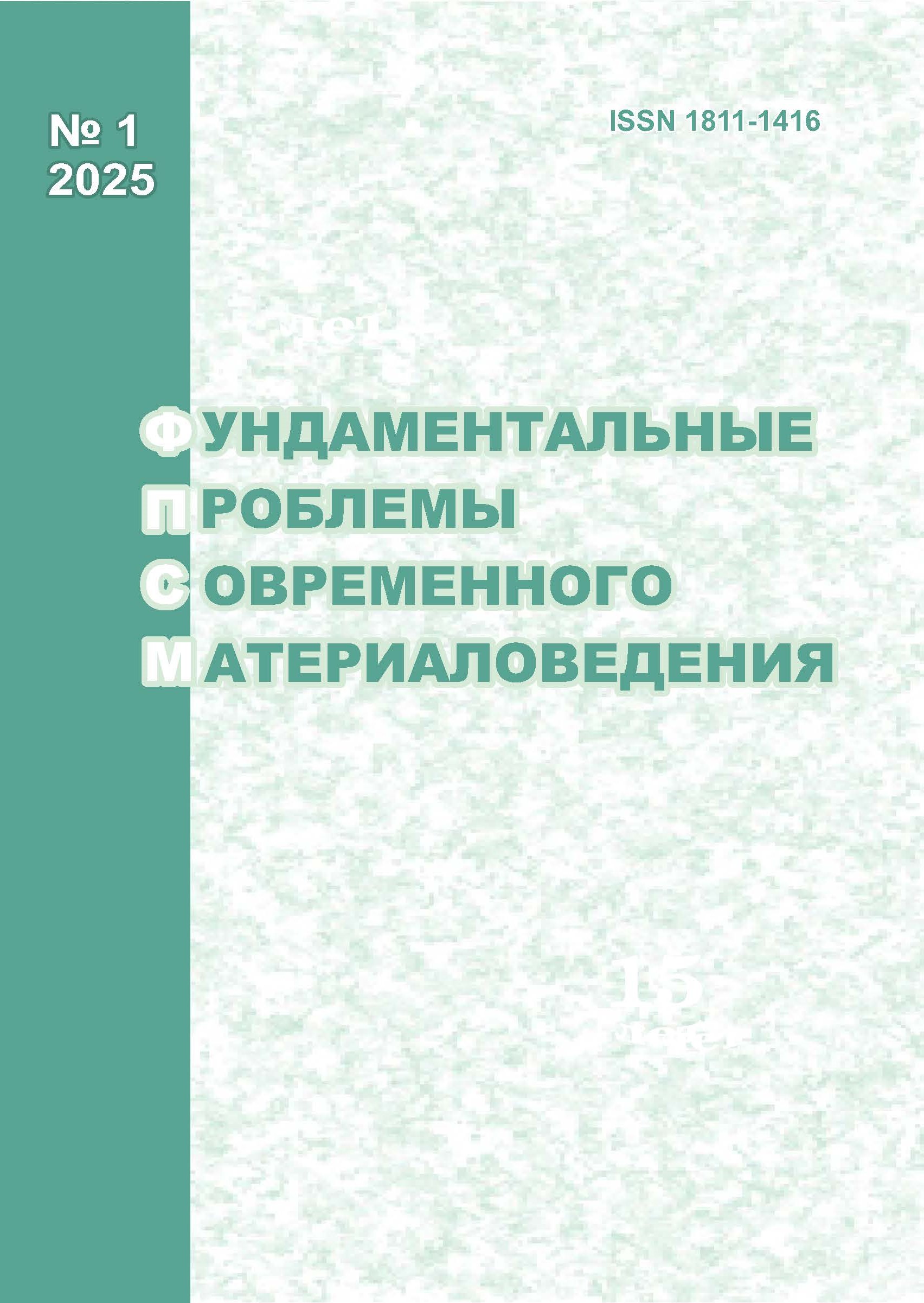OPERATION ON OVERHEAD TRANSMISSION LINES
10.25712/ASTU.1811-1416.2025.01.002
Keywords:
Young's modulus, attenuation decrement, mass density, aluminum and steel samples, micropores, grain boundariesAbstract
The mechanical properties of the AC50 aluminum steel wire of an overhead power line after 52 years of operation were investigated. Characteristics such as Young's modulus, attenuation decrement, X-ray and integral mass densities of aluminum and steel wires were measured. The measured characteristics were compared with those for a new wire that had not been used. The dependences of these values on the position in the span between adjacent supports are presented. It is shown that the dependence of the Young's modulus and the integral mass density on a part of the span length has a Λ- and W-shaped character for steel and aluminum wire, respectively. The dependence of the attenuation decrement for them has a Λ and V-shaped character, and the dependence of the mass density in the near-surface layer is M-shaped. These dependencies are associated with the formation of micro-gaps in the wire material during its deformation during operation on a power line under the influence of wind, ice and other influences. The increased operating temperature creates conditions for the return or recrystallization of the aluminum part of the wire. The change in the attenuation decrement is associated with the transformation of grain boundaries in the process of such deformation. The change in surface mass density is explained by the formation and healing of micro-pores and microcracks, as well as with a change in the chemical composition of the surface layers, in particular, the formation of aluminum oxide.











 Journal «Fundamental’nye problemy sovremennogo materialovedenia / Basic Problems of Material Science»
Journal «Fundamental’nye problemy sovremennogo materialovedenia / Basic Problems of Material Science» This work is licensed under a
This work is licensed under a 
